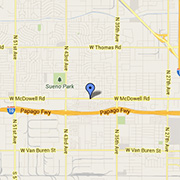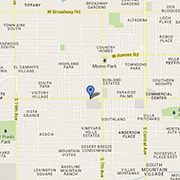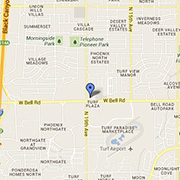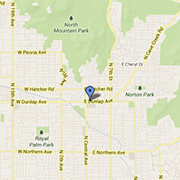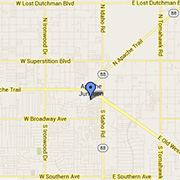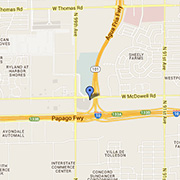If you’re scheduled for a dental sealant procedure, your doctor is providing you with an excellent form of preventive dentistry. If you’re unfamiliar with the process, we can give you an idea of what to expect during your appointment.
Dental sealants or tooth sealants are plastic fillings that cover the grooves of molar and premolar teeth. Occasionally these difficult to clean fissures can increase our vulnerability to decay. When brushing and fluoride washes aren’t enough, doctors may deem a sealant procedure necessary.
Placing a dental sealant is easy. Your doctor will first begin by cleaning the surface of the designated tooth thoroughly. The surface of the tooth must be thoroughly cleaned for the sealant to properly adhere. Using a variety of tools including a dental drill, the tooth will be brought up to readiness.
Following a thorough cleaning, the doctor begins setting the ‘etching’ gel on the fissured area. This specialized gel will ultimately allow the sealant to bond and protect the tooth from further decay.
The doctor will soon wash the gel from the tooth, leaving it with a ‘frosty’ appearance in the targeted area. Following this, the dentist will administer the sealant among the grooves of the tooth, making sure to prevent excessive material or buildup that could affect your bite following the procedure.
You’re nearly there! Your doctor will expose the dental sealant to a ‘curing’ light, emitting a blue light in many cases. This sensitive light stimulates a catalyst within the sealant and causes it to set over a short period of time.
After enough time the sealant will set. Your doctor will do a final check to ensure your bite isn’t compromised, sanding down the material if necessary. You can also follow up with your doctor following the dental sealant procedure if you experience any trouble later down the road.
Interested in dental sealant procedure? Get in touch with us today!




